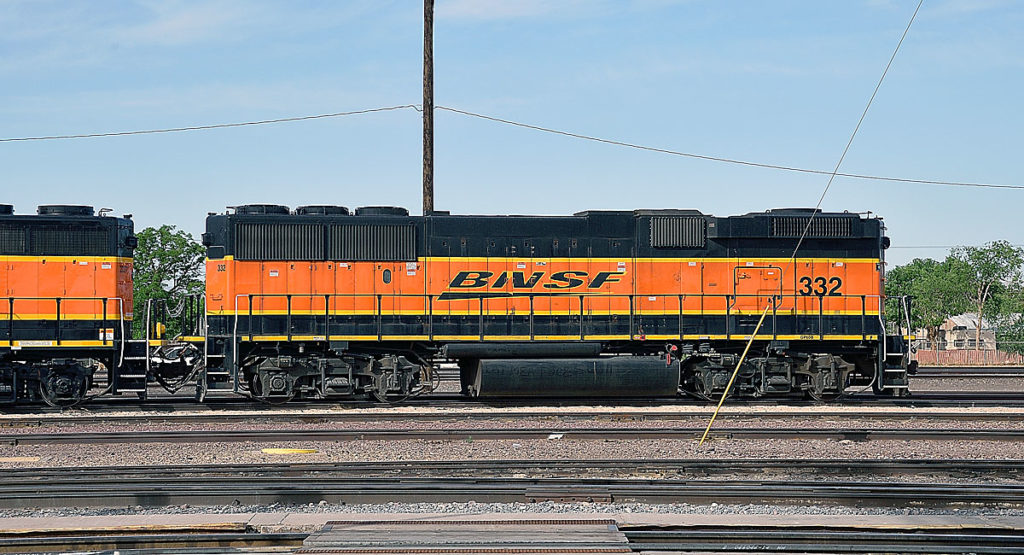
Santa Fe management ordered 23 GP60B units in 1991 for road service. Today, these four-axle veterans still ply BNSF Railway rails, but mostly on local jobs. Bob Miller Q I was watching railroad videos of the 1990s and saw locomotives without cabs in various consists. I rarely see these units on the main lines of […]
Read More…
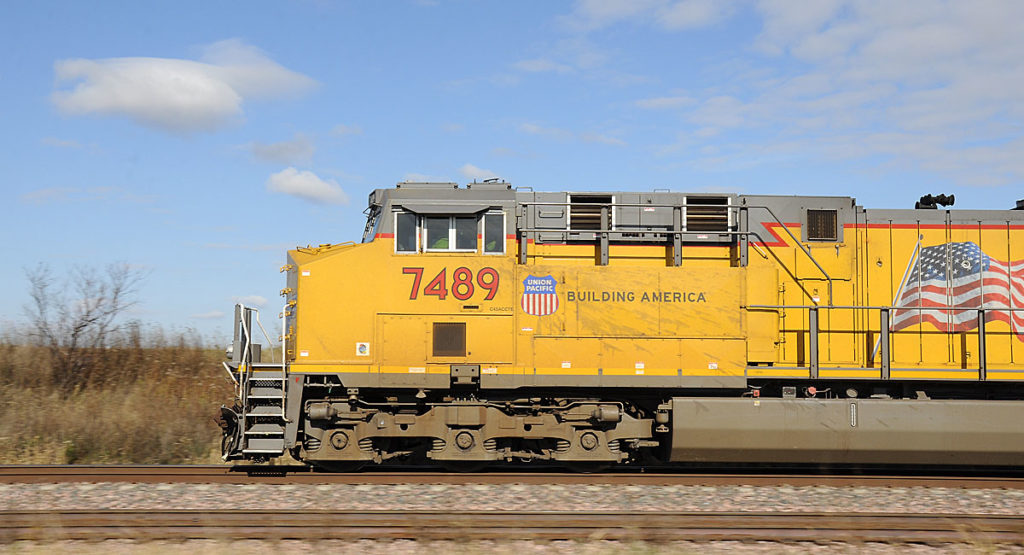
Electric and diesel locomotives’ top speeds are governed by gear ratios and safe operations, like this Union Pacific westbound near Franklin Grove, Ill. Brian Schmidt Q What determines the theoretical top speed of a diesel locomotive? Is it the gear ratio? What other factors enter in? – Mike Pedersen, North Berwick, Maine A The maximum […]
Read More…
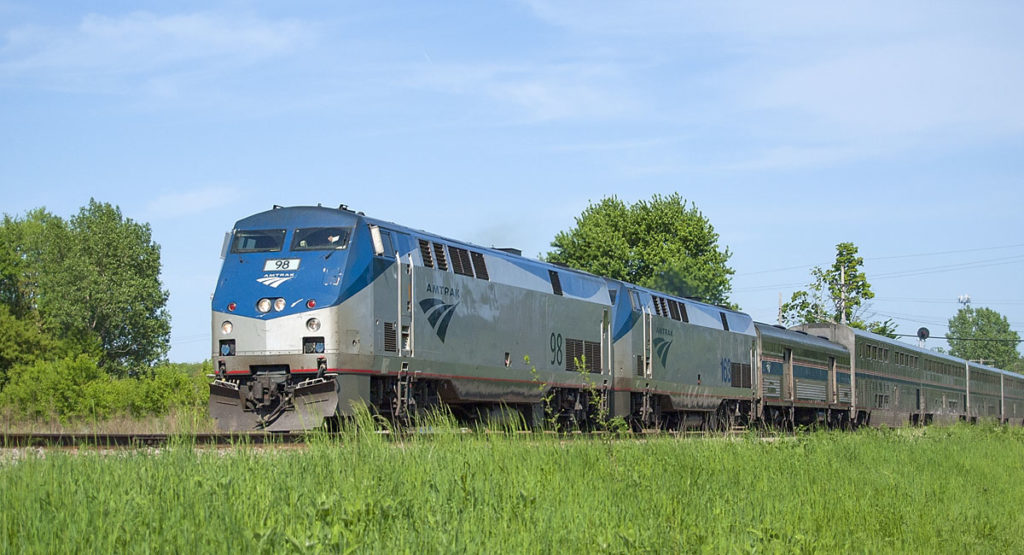
Amtrak’s ‘Empire Builder’s consist will vary, but the number of trainsets for a route depends on schedules. Here it is westbound in June at Duplainville, Wis. Steve Sweeney Q For the past few years I have been trying to figure out how many trainsets are needed for a given train such as the Empire Builder. […]
Read More…
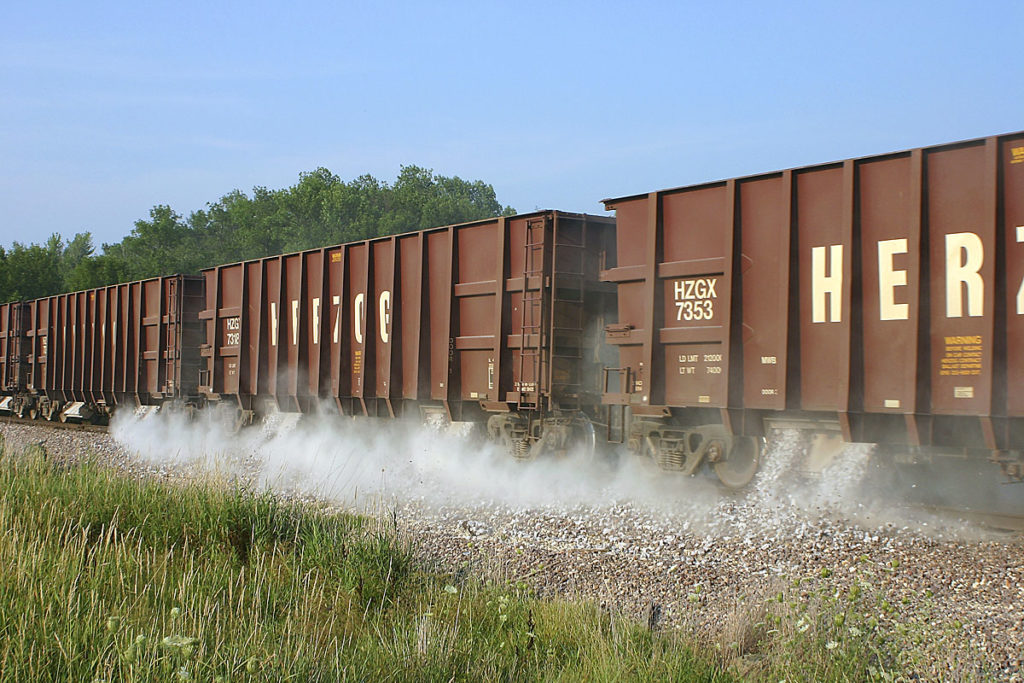
Herzog freight cars are often seen in track maintenance and repair projects, such as this ballast train. Mike Yuhas Q I have seen private freight cars on the major railroads carrying the logo and letters for “HERZOG.” Who owns them and what do they carry? – L. Frank Herman, Springfield, Ill. A You likely saw […]
Read More…
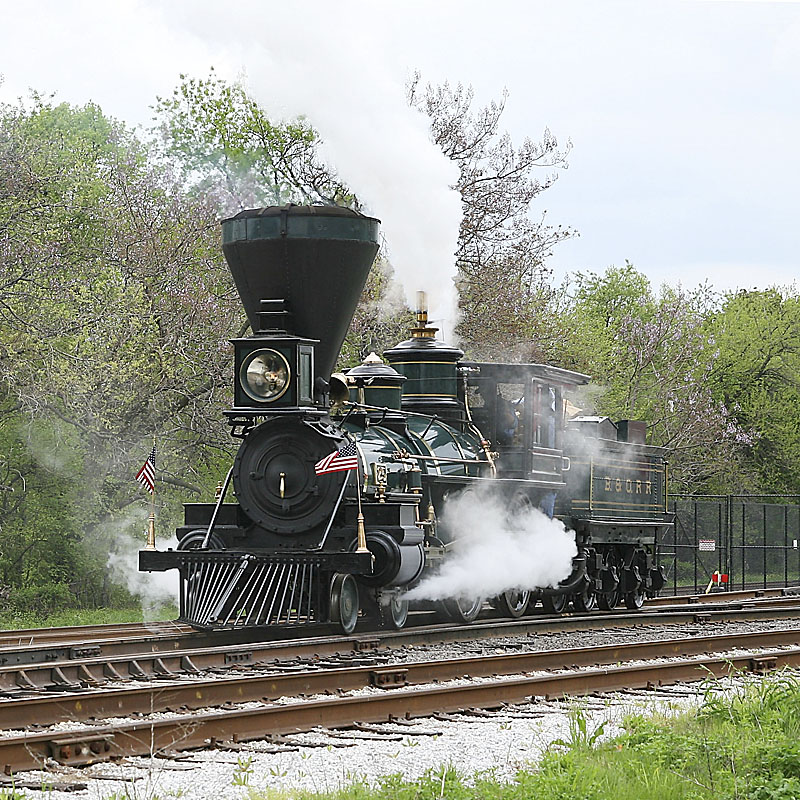
From the beginning of U.S. railroading, each railroad chose its own whistles that varied from high to low in pitch. Alex Mayes Q Have American steam engines always used a low-pitched or bass whistle, instead of a high-pitched whistle? – James Kelty, San Anselmo, Calif. A Steam whistles chosen by American railroads were almost always […]
Read More…
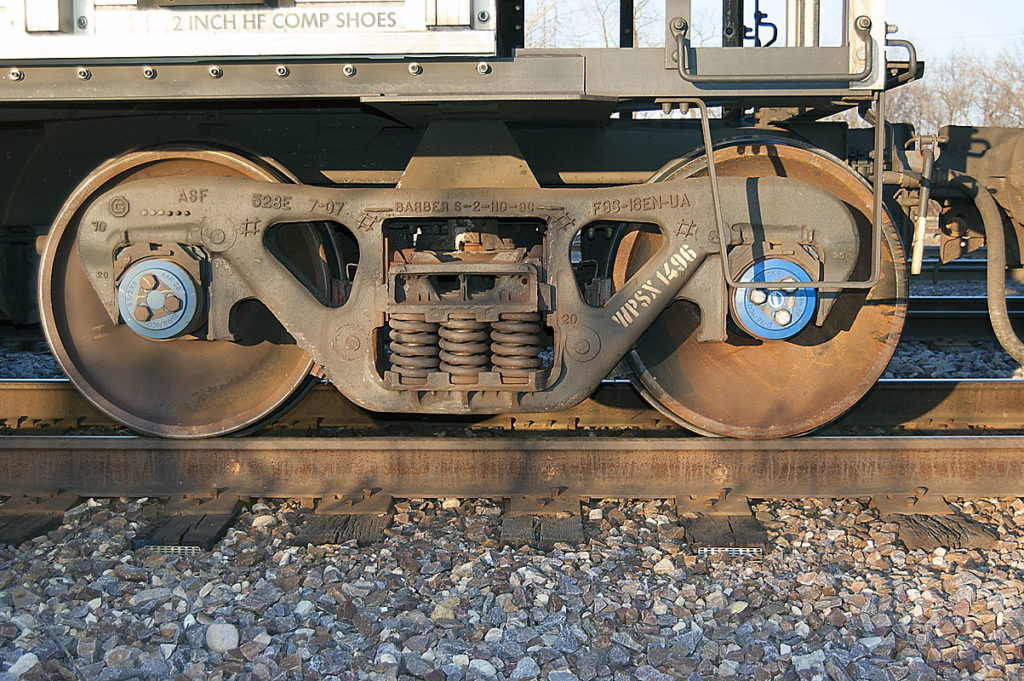
Two blue end caps for bearings made by Amsted Rail’s Brenco Inc. appear on a freight car truck at the Union Pacific’s Butler Yard in Wisconsin. Steve Sweeney Q What is the significance of the blue paint that I see on the rotating bearing caps on freight car wheelsets? – Tito Porfiri, Olney, Md. A […]
Read More…
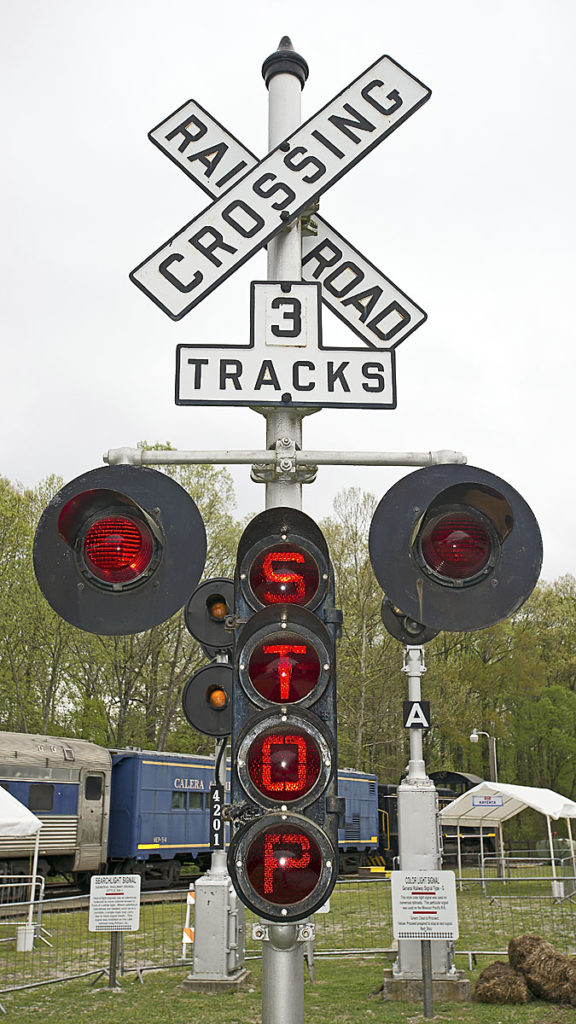
A less common crossing signal warned motorists of oncoming trains by blinking “stop.” Kevin King Q As a child in the 1950s and 1960s, I saw a number of railroad grade crossings on the Wabash that were protected by a row of vertical lights on the signal mast in addition to the standard red alternating […]
Read More…
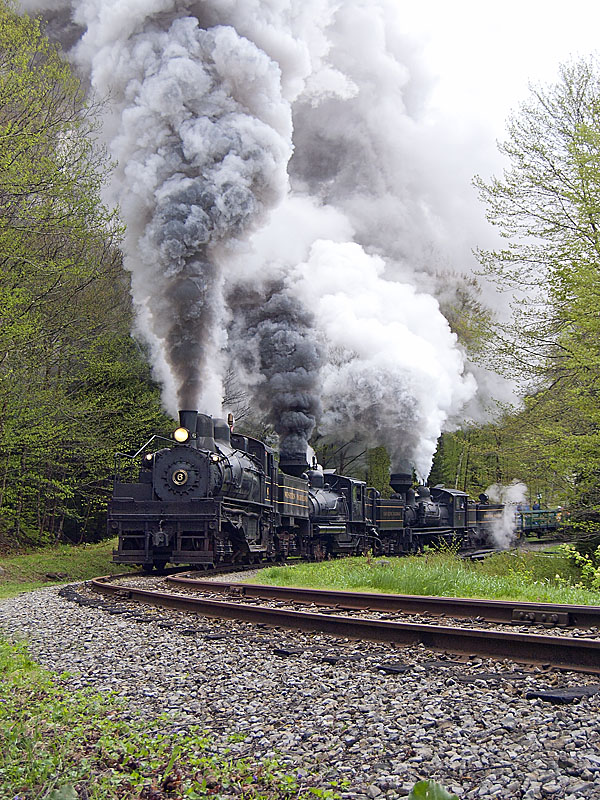
On West Virginia’s Cass Scenic Railroad, engine crews with three Shay locomotives signal each other with whistles for moves and stops. Steve Sweeney Q In the days of steam, when railroaders didn’t have radios or other one-to-one communication, how did the engineer on the lead locomotive communicate to the engineers in the “helper” locomotives as […]
Read More…
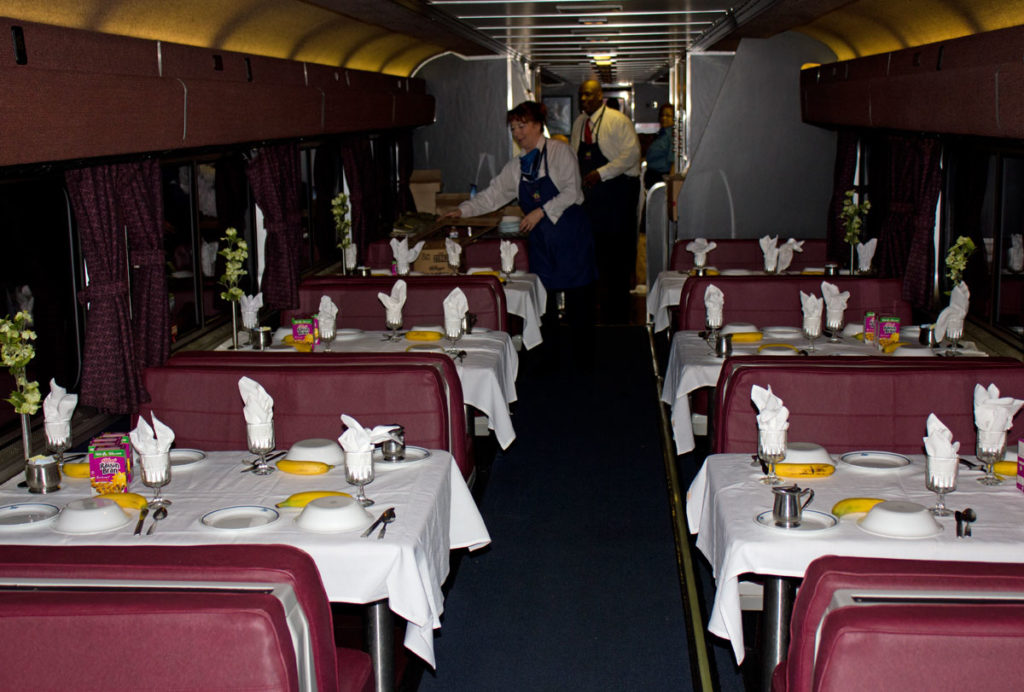
A dining car crew sets up for breakfast on the ‘Auto Train’ in 2012. Al DiCenso Q Having been a tipped employee, I know how important service and tips are to customers and employees alike. What would be an appropriate tip for average service for one guest in a roomette? What about tipping for meals […]
Read More…

SD70ACe No. 1111 Randy Olson Q I recently saw a Norfolk Southern locomotive passing through Vermillion, Ohio, with only four vertical stripes on the cab where a unit number should be. Can you explain what this designation is? — Joseph McCormick, Oberlin, Ohio A The stripes are really four “1s” for NS’s SD70ACe No. 1111. […]
Read More…
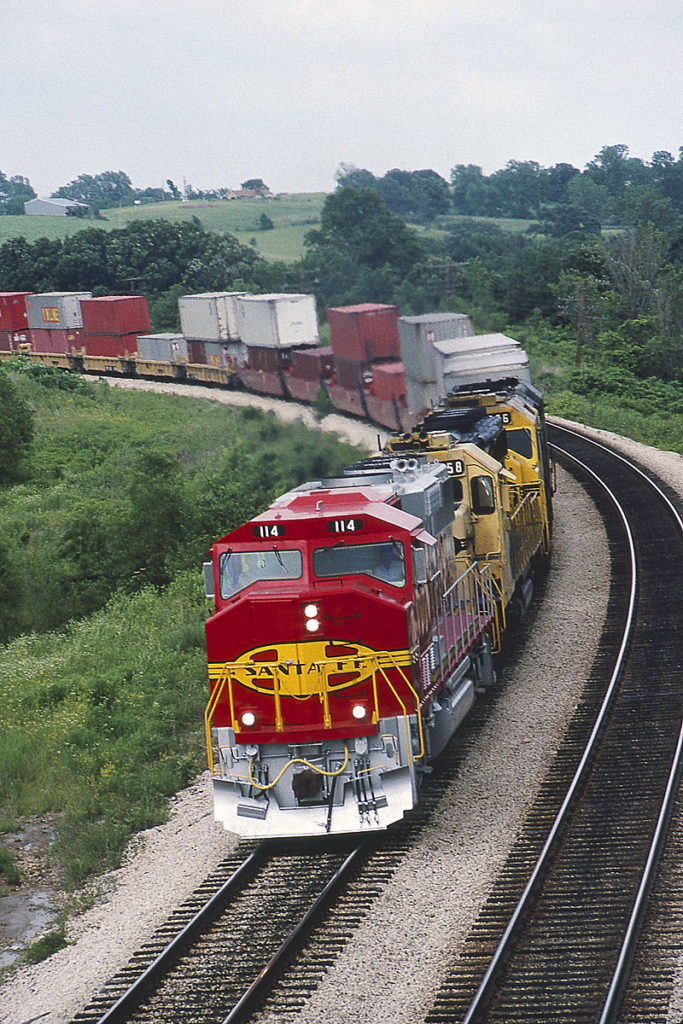
On June 16, 1990, Santa Fe Railway GP60M No. 114 leads a westbound intermodal train near Ethel, Mo. These locomotives were originally purchased for intermodal service and have since been transitioned by the railroad to switching duties. Tom Danneman Q I’m a fan of BNSF Railway and have seen their ex-Santa Fe GP60Ms used in […]
Read More…
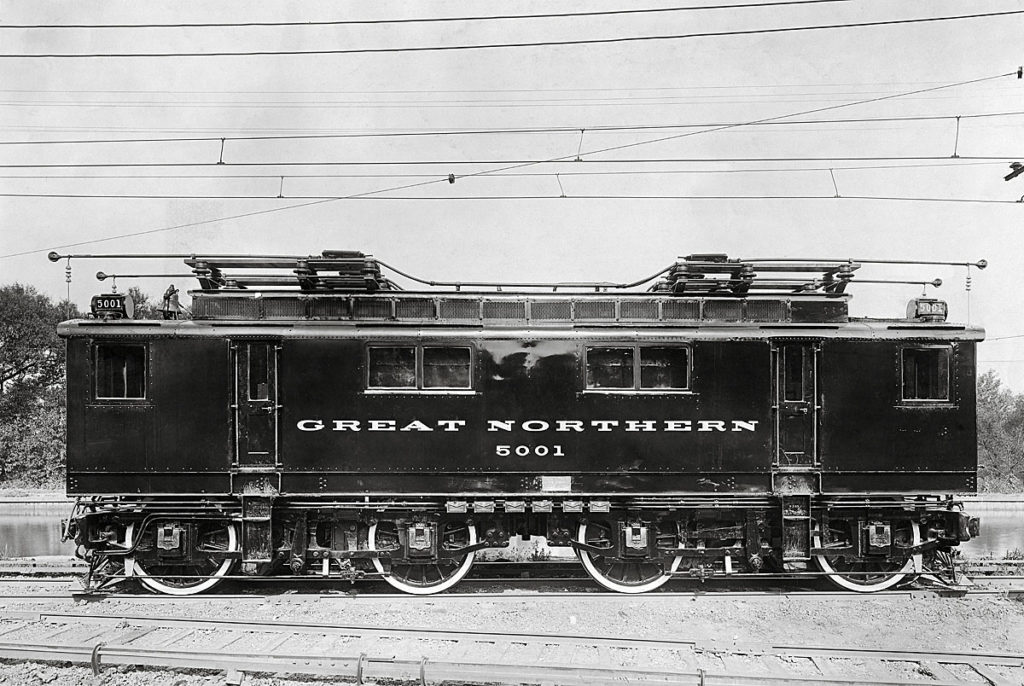
Great Northern Railway used three-phase locomotives in the 1920s. This General Electric locomotive operated with three-phase power. General Electric Q In a September 1999 article in Trains, I read that the Great Northern Cascade Tunnel electrification project was the first and only three-phase A.C. system in America. Was three phase delivered to a moving locomotive? […]
Read More…












